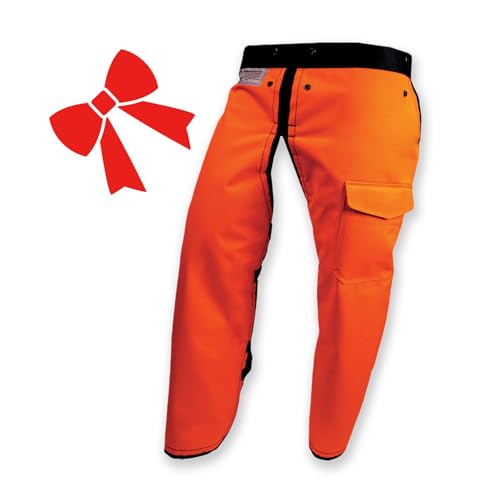HuskyMurph
ArboristSite Operative
im cutting down a couple pines. they are about 18" at base. i wanted to cut a 4 to 5 foot piece and rip it in half to make a bench. first time first bench nothing special. is it better to rip it right away or keep it hole and wait for it to dry. should i paint the ends so not to crack.???

























































